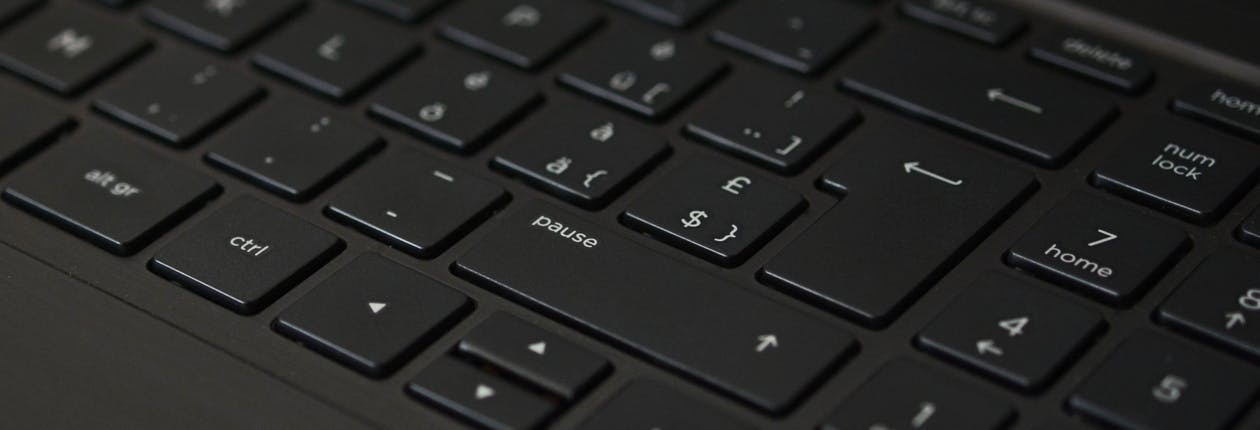What’s the deal with the Oxford Comma? When do I use a semicolon? Is there ever a reason to use a dash? We’ve taken a look at some of the most confusing punctuation topics in order to help you make sense of them. Read below for your guide to all things punctuation.
The Semicolon
We all know what it looks like, but we don’t really understand how and when to use it. Here’s the jist:
- A semicolon is used to combine two closely related ideas.
- A semicolon links two independent clauses. Independent clauses can act alone as their own sentence.
- A semicolon means that the two ideas have equal value and rank.
- A semicolon doesn’t use a conjunction (and, but, or).
When using a semicolon, you will include a conjunctive adverb or transitional phrase. It’s also worth noting that you don’t capitalize the first word after the semicolon.
- My dog is smarter than she looks; I once saw her unlock a door with her nose.
- The mailman is amazing; he always brings us cookies.
- Pigs are fascinating; they can be as smart as a young child.
The Comma Splice
It sounds like a medieval punishment, but the comma splice isn’t actually that bad once you understand it. A comma splice happens when you use a comma to join two independent clauses. An independent clause is a clause that can stand alone as a sentence.
Comma splice: My dog is smarter than she looks, she can open doors on her own.
Correct: My dog is smarter than she looks. She can open doors on her own.
Comma splice: The wedding starts at four, we are going to be late.
Correct: The wedding starts at four. We are going to be late.
You can also correct a comma splice by using a semicolon instead!
Comma splice: The wedding starts at four, we are going to be late.
Correct: The wedding starts at four; we are going to be late.
Comma splice: I love to study dinosaurs, they are fascinating creatures.
Correct: I love to study dinosaurs; they are fascinating creatures.
* This works because the two independent clauses are closely related and equally important. See the notes on semicolons above!
Ellipses
Dot dot dot. Ellipses should be used to indicate an omitted thought, word, quote, etc. We use ellipses to condense our writing and save space. They are often used journalistically when a writer needs to be more concise.
Full quote: “After careful consideration and hours spent discussing the matter with every member of the board, our analysis and determination is that the project will move forward as planned.”
Shortened quote: “After careful consideration…the project will move forward as planned.”
In the above example, the writer is able to get the meaning across using fewer words with an ellipses.
You can also use ellipses to as a writing technique to show that someone is thinking or pausing.
“I don’t know Max…she doesn’t seem trustworthy to me”
“I mean…if you think that’s a good idea…I just…”
Writers use the above technique to help readers understand hesitation and to convey meaning with punctuation.
The Dash
Like other punctuation marks, the dash can be used to add emphasis or meaning. A dash draws our attention to a bit of information.
- Use a dash if you want to make something stand out, or if you want to emphasize a phrase.
- Use a dash where you would need to use other punctuation.
- Use a dash if the information is not part of the subject of the sentence.
Here are some examples:
Emphasis:
- He doesn’t ever take out the garbage. I’m the only one to do it.
- He doesn’t ever take out the garbage‒I’m the only one to do it.
Other punctuation:
- The dog, the black and tan one, is our newest adoptee.
- The dog‒the black and tan one‒is our newest adoptee.

